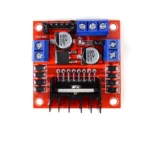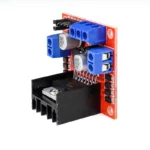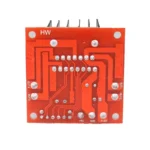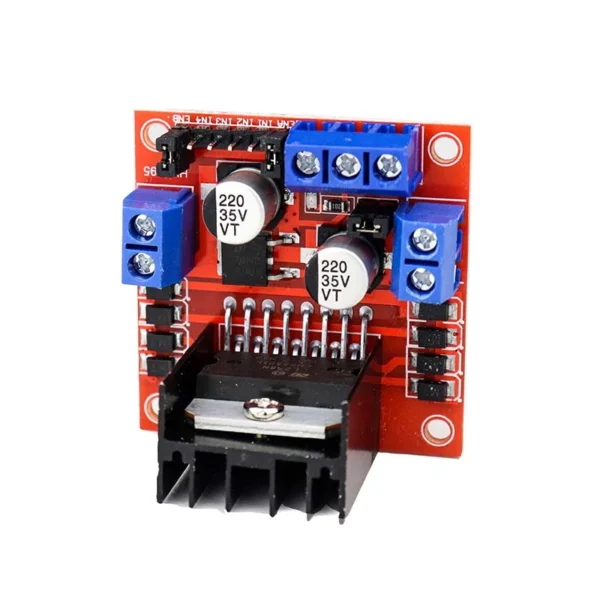




 Power Supply
Power Supply Electronic Components
Electronic Components Development Boards
Development Boards Sensors
Sensors Drone Parts
Drone Parts IoT & Wireless
IoT & Wireless E-Bike Parts
E-Bike Parts Mechanical components and workbench tools
Mechanical components and workbench tools




Note:
Hurry and get discounts on all Raspberry Products up to 20%
IBOTS1000
₹210.00 ₹169.00
Available on backorder
Available on backorder
Free
₹75 for parcels below 1 Kg and ₹100 for parcels weighing between 1 Kg to 2 Kg.
2-3 Days
₹75
₹125 for parcels below 1 Kg and ₹175 for parcels weighing between 1 Kg to 2 Kg.
2-3 Days
₹125
₹250 for parcels below 1 Kg and ₹325 for parcels weighing between 1 Kg to 2 Kg.
2-3 Days
₹250
Our courier will deliver to the specified address
2-3 Days
Rs. 99
Payment Methods:
1. Order the Product and Specify the Delivery Method
2. You Will Receive an Order Confirmation Message
3. Wait for Your Order to Arrive
4. Pick up Your Order at The Checkout Area
It contains an onboard 5V regulator that it may feed to an external circuit, and it makes use of the well-known L298 motor driver IC. Up to four DC motors can be driven by it, or two DC motors with speed and direction control.
This motor driver is ideal for controlling motors from microcontrollers, switches, relays, and other electronic devices, making it ideal for robotics and mechatronics projects. Ideal for powering DC and Stepper motors in robotic arms, line-following robots, micro mice, and other applications.
Note: The actual product may vary in slight variation in color and component with the image shown depending upon quantity availability, however it doesn’t affect the functionality of module.
H-bridges are typically used in controlling motors speed and direction but can be used for other projects such as driving the brightness of certain lighting projects such as high powered LED arrays.
How it functions
A circuit known as an H-Bridge is one that can be operated by pulse width modulation (PWM) and can drive current in either direction.
Pulse Length One way to adjust an electrical pulse’s duration is by modulation. Try to visualise the brush of a motor as a water wheel and the electrons as the water droplets moving. Water running over the wheel at a consistent rate would represent the voltage; the more water flowing, the higher the voltage. Because motors are rated for specific voltages, they might be harmed by excessive voltage application or abrupt voltage drops intended to slow the motor down. PWM follows. Using the water wheel example, imagine that water is flowing into it continuously but in pulses. The water wheel will turn more quickly with longer pulses and more slowly with shorter pulses. PWM control will make motors far more dependable and long-lasting.
Out 1: Motor A lead out
Out 2: Motor A lead out
Out 3: Motor B lead out
Out 4: Mo (Can actually be from 5v-35v, just marked as 12v)
GND: Ground
5v: 5v input (unnecessary if your power source is 7v-35v, if the power source is 7v-35v then it can act as a 5v out)
EnA: Enables PWM signal for Motor A (Please see the “Arduino Sketch Considerations” section)
In1: Enable Motor A
In2: Enable Motor A
In3: Enable Motor B
In4: Enable Motor B
EnB: Enables PWM signal for Motor B (Please see the “Arduino Sketch Considerations” section)
Two points to be aware of;
Ensure that the Arduino, power source, and motor controller are all connected to one another.
If you do not wish to control PWM features, then you do not need the PWM Pins.
The Arduino code sketch is pretty straightforward. Since there isn’t a library for the L298N Dual H-Bridge Motor Controller you just have to declare which pins the controller is hooked to.
The “int dir(number)Pin(letter)”‘ pins can be connected to any available digital pin you have available, as long as you declare the correct pin in your sketch. This makes the L298N Dual H-Bridge Motor Controller very versatile if your project is using a lot of Arduino pins.
The int“speedPin(letter)” pins need to be connected to a PWM pin on the Arduino if you want to enable speed control through PWM.
As a quick cheat I have included a list of PWM pins for the main two types of Arduino’s I use:
Features:
Only logged in customers who have purchased this product may leave a review.
Categories
Useful Links
Useful Links
No one rejects, dislikes.
It has survived not only.
All the Lorem Ipsum on.
All the Lorem Ipsum on.
 Power Supply
Power Supply Electronic Components
Electronic Components Development Boards
Development Boards Sensors
Sensors Drone Parts
Drone Parts IoT & Wireless
IoT & Wireless E-Bike Parts
E-Bike Parts Mechanical components and workbench tools
Mechanical components and workbench toolsNo account yet?
Create an Account
Reviews
Clear filtersThere are no reviews yet.